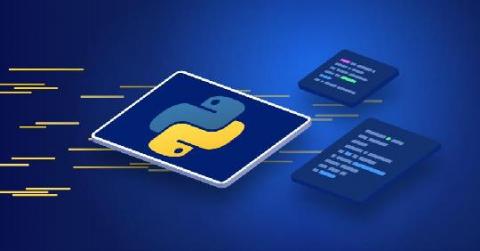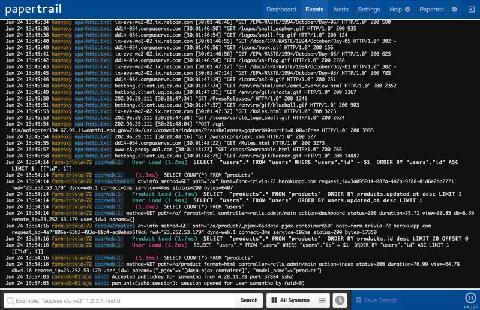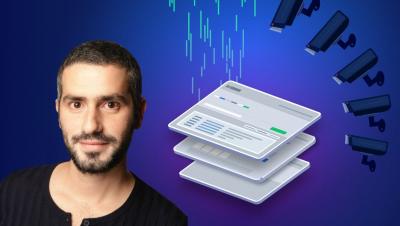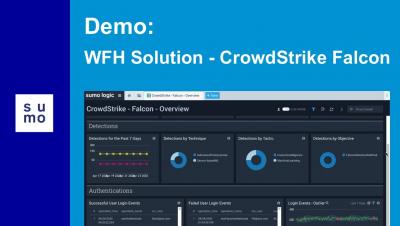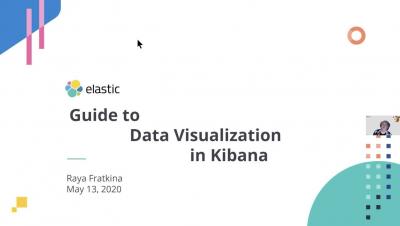Splunk Security Essentials 3.1: Enhanced MITRE ATT&CK Matrix: Find the Content that Matters the Most to You, Faster
One of the great things about developing for Splunk Security Essentials is that most of the features and capabilities are requested from customers and the security community. In this latest release (3.1), we added a feature that has been requested frequently: the ability to filter the ATT&CK Matrix for Cloud and SaaS Techniques. The MITRE ATT&CK Framework consists of multiple matrices such as Enterprise, Mobile, and ICS.




